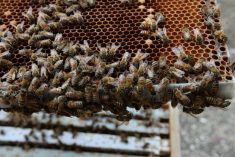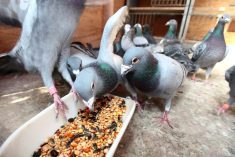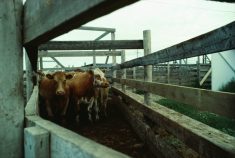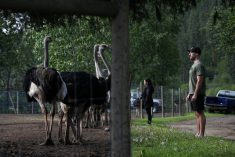About 14,000 commercial ducks at a farm west of St. Catharines, Ont. are being euthanized following confirmation of a low-pathogenic strain of H5N2 avian flu in the flock.
The Canadian Food Inspection Agency on Friday confirmed the influenza subtype, the day after announcing the low-path H5 flu outbreak, the resulting quarantine and the plans for “depopulation” of birds at the affected farm.
CFIA on Friday set up a restricted three-kilometre control zone around the duck farm, according to the Feather Board Command Centre, the emergency response office for Ontario’s poultry and egg sectors.
Read Also
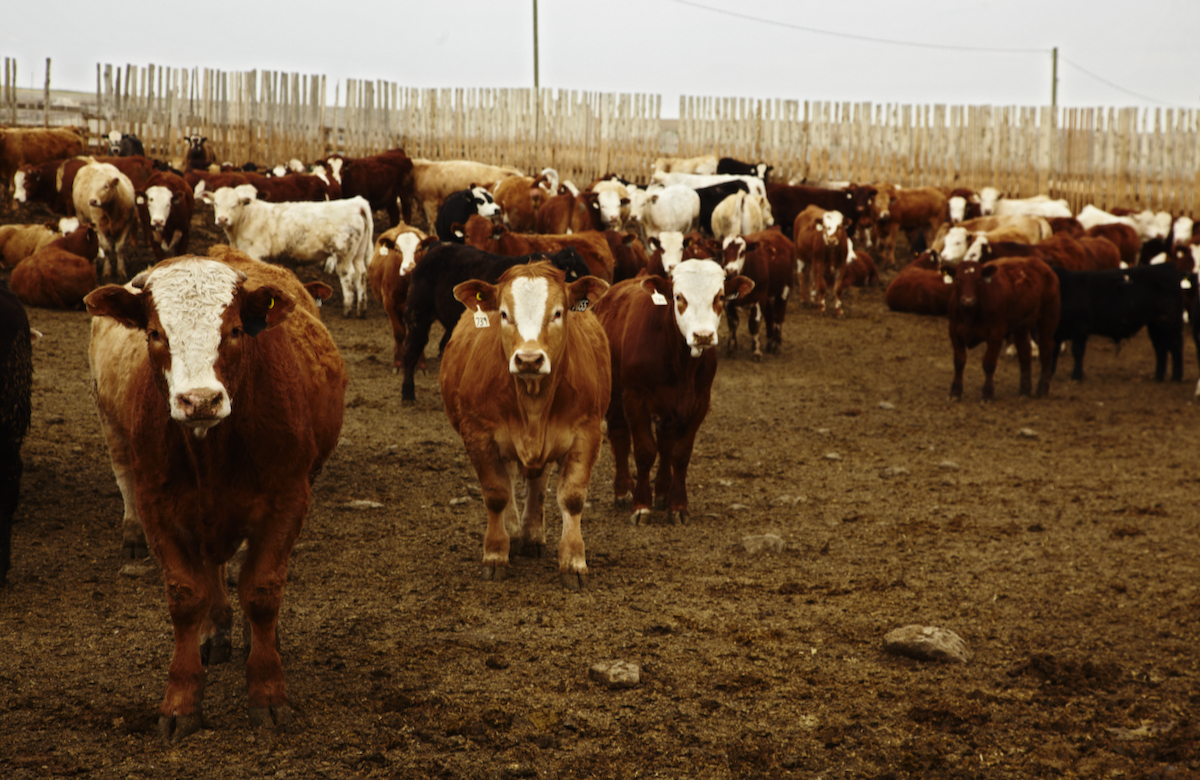
U.S. livestock: Cattle at fresh highs, hogs weaken
Cattle futures on the Chicago Mercantile Exchange climbed to fresh highs on Tuesday, as tight supplies and the ongoing closure…
All commercial poultry farms and small flock growers within the zone will be subjected to testing and will have to observe “industry restrictions regarding placing and shipping of birds,” the FBCC said.
A preliminary count puts one broiler farm and 23 small-flock operations inside the control zone, FBCC said. Licensing will be required for moving poultry in and out of the control zone, and a permitting process for such movements is “under development,” the centre added.
CFIA has begun tracing movements of birds and equipment on and off the affected farm, Dr. Harpreet Kochhar, the agency’s chief veterinary officer, said on a conference call Friday.
The duck farm remains the only site affected, but it’s possible that additional at-risk farms may be identified in coming days, he said. Poultry farms are urged to report any suspicious symptoms, he added.
In the meantime, the FBCC said, all poultry farms in Ontario are urged to “immediately” heighten biosecurity measures and monitor movement onto and off their farms.
Such biosecurity measures, the centre said, include making sure each farmer, employee and other person entering poultry barns puts on clean footwear and protective clothing and follows all biosecurity protocols on “every entry” into barns.
Visits to other poultry production sites should be restricted, the centre said. Any co-mingling of birds or contact with outside/wild birds should be avoided and “adequate control of wild birds and rodents” must be ensured.
All farm equipment and vehicles that “access the barn vicinity” must be properly washed and disinfected and barn laneways must be restricted/secured, the centre said. A pressure washer or a hose to wash tires and equipment should be made available for all such equipment and service vehicles.
Exchanging equipment with other poultry production sites should also be avoided, the centre said.
The index duck farm in this case was a commercial operation with about 14,000 birds around 12 weeks of age, Kochhar said. The farm operated with “appropriate biosecurity measures” and the birds were kept indoors without exposure to wildlife, he added.
The avian influenza subtype in this case is of a North American lineage, he said, and while the subtype seen in Ontario’s previous avian flu outbreak last year was also H5N2, the duck farm’s virus is a low-pathogenicity (“low-path”) version.
“The intensity of the illness it causes is much less in this particular outbreak,” he said.
Trading partners such as the U.S. have previously put limits on imports of poultry and related products due to high-path bird flu outbreaks.
Some other countries, however, have been known to set up restrictions over a low-path outbreak, such as the low-path H5N2 cases at a Manitoba turkey farm in 2010. — AGCanada.com Network



